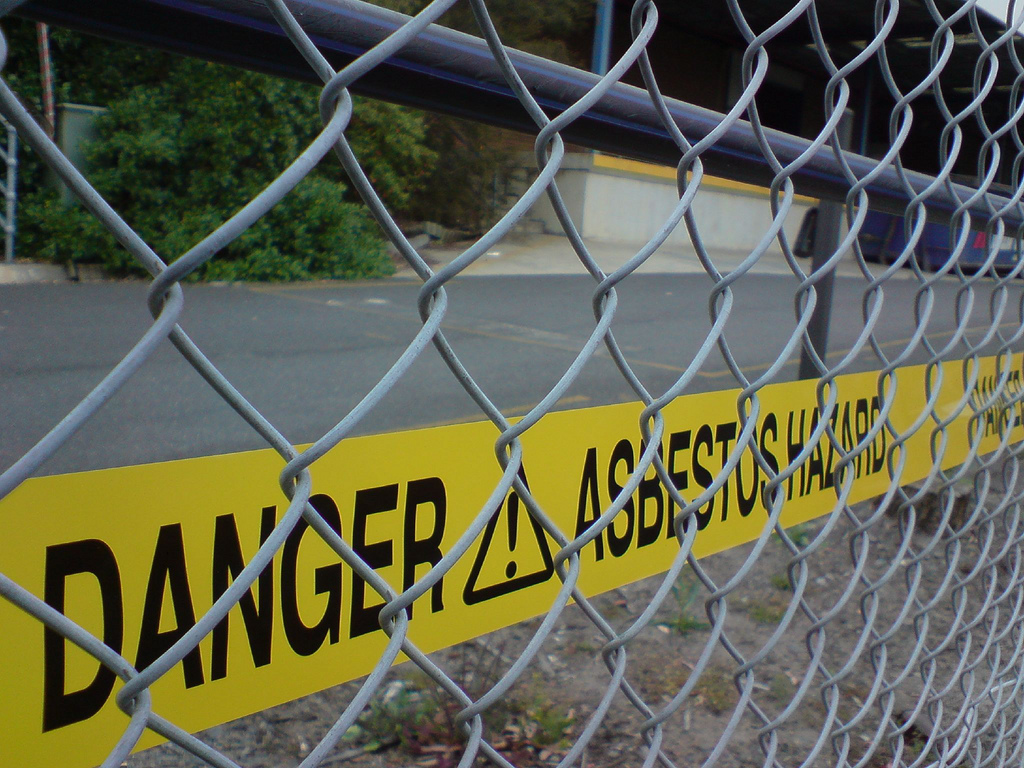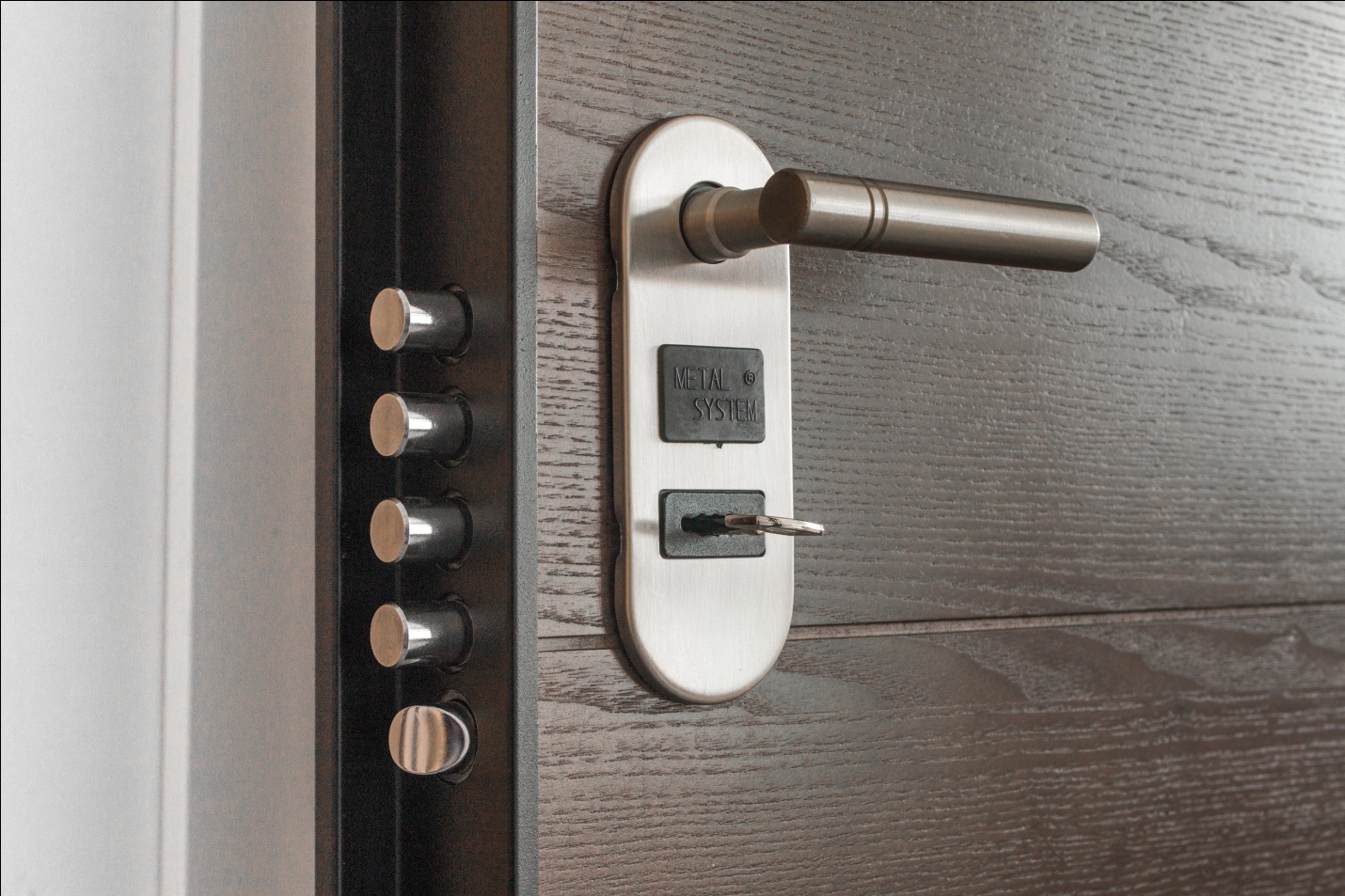Asbestos in Fencing: Uncovering the Invisible Risk

Asbestos is a product that was heavily used across the globe in all construction, including fencing around a home. It was long seen as an incredibly versatile material because of its strength, flexibility, insulation, fire proofing, and affordability. If you’ve recently found that your home has asbestos fencing or you suspect that your fence could be a potential asbestos danger, there are a few steps you can take in order to keep your family and your home safe from asbestos.
There are a few different things to look at when trying to work out if your fence is made from asbestos. Age is a telling indicator on the products used for your fencing, so if a fence was built prior to 1990 it is likely it contains some form of asbestos. If the fence has a capping, which is made from the same materials as the actual fence, then it is likely to be asbestos products. If a fence has diamond shaped washer holding the panels together, it could also be an asbestos fence. However, to be 100% sure, a specific test is required.
The first step to make with suspected asbestos containing materials, is to have the fence and materials inspected. GBAR Group strongly advise homeowners use an A Class licensed asbestos specialist to inspect the fence and possibly take samples to send to a lab technician. A local asbestos company will be able to analyse the fence and provide the best guidance on the process of removing it depending on the home’s location.
Once asbestos has been identified and detected in the materials or fencing, the second step is to prepare for the removal of the fence. The licensed asbestos removalist will take all of the necessary precautions to make the process as straight forward and clean as possible. It’s important that they practice good safety precautions to keep themselves, the home and environment safe from the dangerous asbestos fibres.
There is a wealth of importance on ensuring you choose an asbestos removal company like GBAR Group with the experience, knowledge and certifications to perform the removal. As a homeowner, it can be tempting to save money on asbestos removal by using a cheaper handyman or even doing It yourself. Without the specific training, there are an incredible amount of risks involved in skimping out on a removalist. With incorrect technique, there is a high risk of exposure to the environment and those breathing the air around the fence.
The last step to fence asbestos removal is deciding on which fencing material to replace it with. Common fencing materials include brick, stone, steel, timber, Colourbond, and iron.










